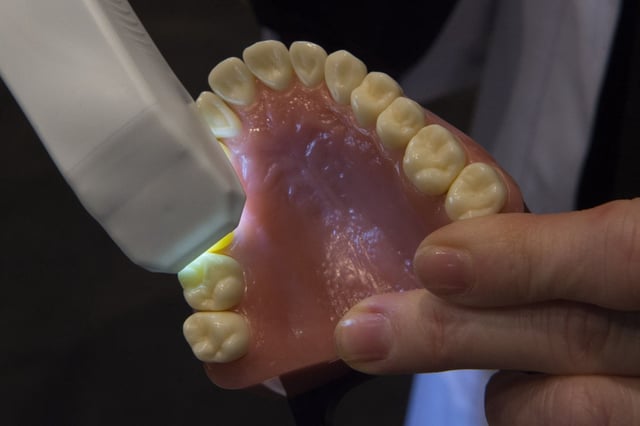Overview
- A Science Translational Medicine study published July 2 shows that the Gas6/AXL signaling pathway underlies rapid, scarless healing of mouse oral mucosa.
- Inhibiting AXL in mice converted oral wounds into fibrotic, skin-like scars, while stimulating AXL in facial skin accelerated repair and reduced fibrosis.
- AXL activation was found to downregulate Focal Adhesion Kinase, a protein central to scar formation during wound healing.
- Separate University of Arizona experiments confirm that FAK inhibitors can make skin grafts heal with less scarring, supporting strategies to replicate oral healing in skin.
- Collaborating teams at Cedars-Sinai, UCSF, Stanford and Arizona are now advancing both AXL-based treatments and FAK-inhibitor hydrogels toward first-in-human clinical trials in a field without FDA-approved anti-scar drugs.

